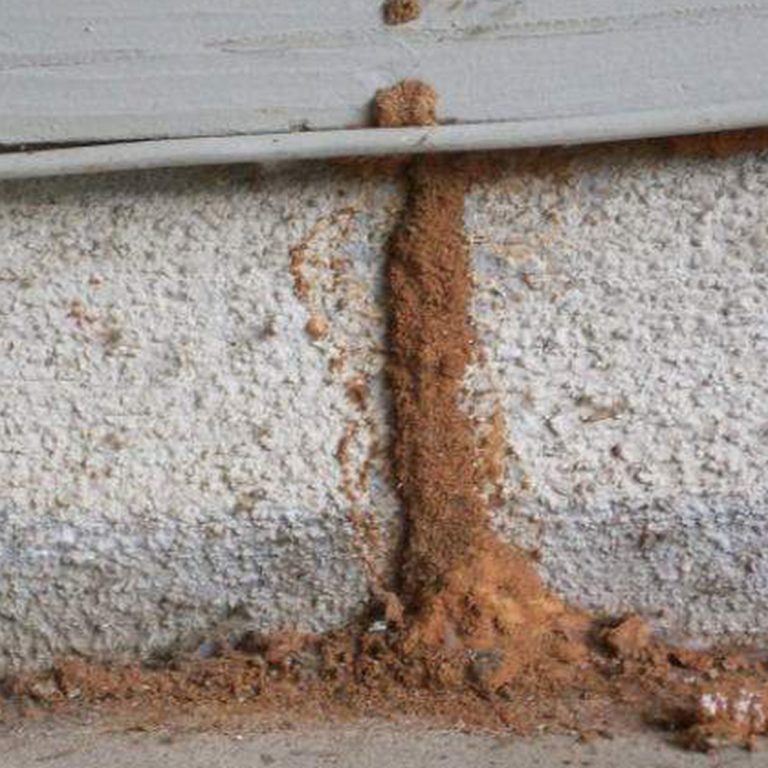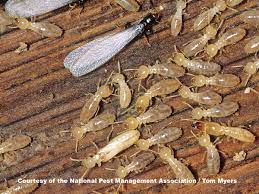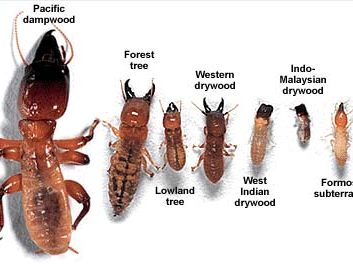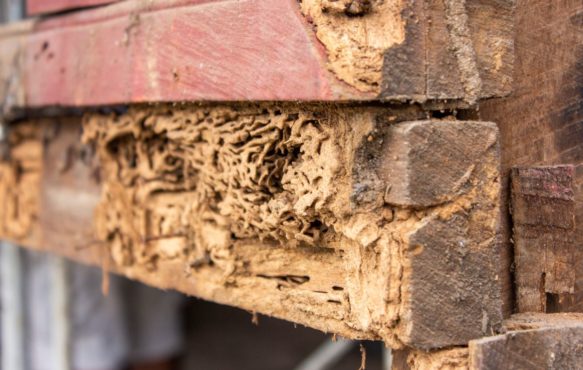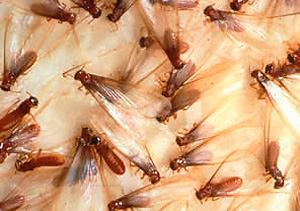Subterranean Termites
Subterranean termites cause the most damage of any termite species. These termites build distinctive tunnels, often referred to as “mud tubes,” to reach food sources and protect themselves from open air. They eat wood 24/7, and can be voracious eaters. Over time, subterranean termites can critically damage a building structure, sometimes causing a total collapse. Subterranean termites threaten homeowners across the country, as they’re found in every state in the U.S except Alaska. Subterranean termites cause billions of dollars in structural damage each year. They also eat paper products, cellulose-based products, and a variety of other plant-based goods. Since subterranean termites build their nests underground, damaged wood usually has an accumulation of soil or mud within the tunnels of the wood they are eating. Since subterranean termites only eat the softwood, damaged wood appears to be layered, the result of the workers not eating the hardwood portion. In addition, subterranean termites feed “with the grain” rather than across the grain, as do drywood termites. The nest is usually found below ground, however when sufficient moisture conditions are available to support the above-ground nest, they an be above ground, or if the colony is old and well established.




